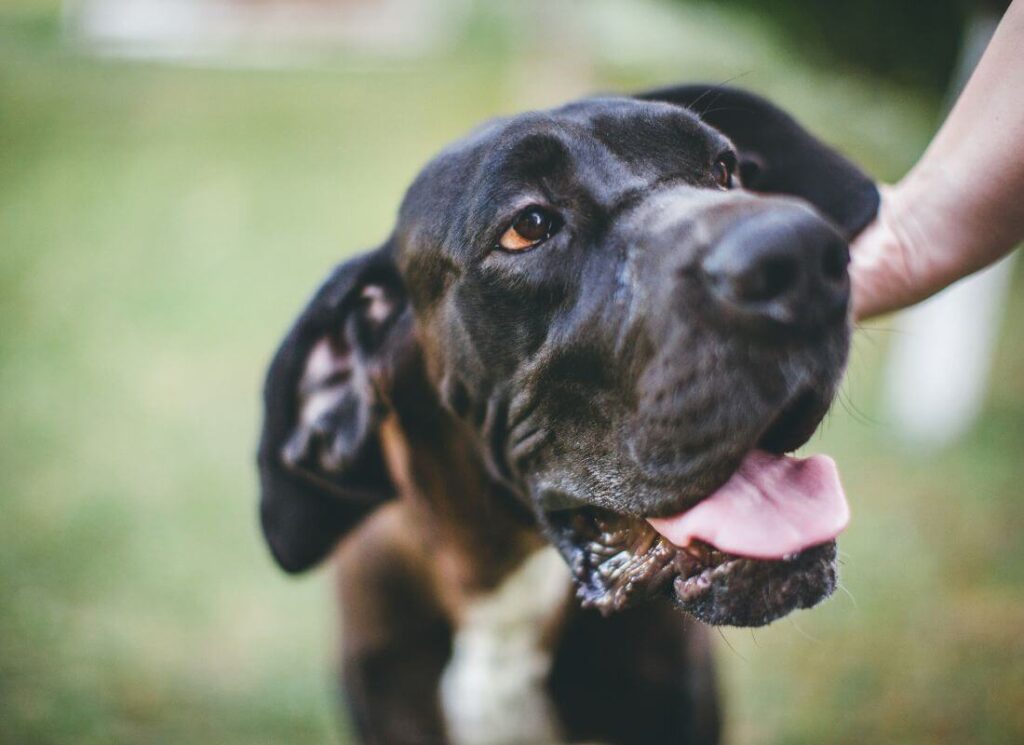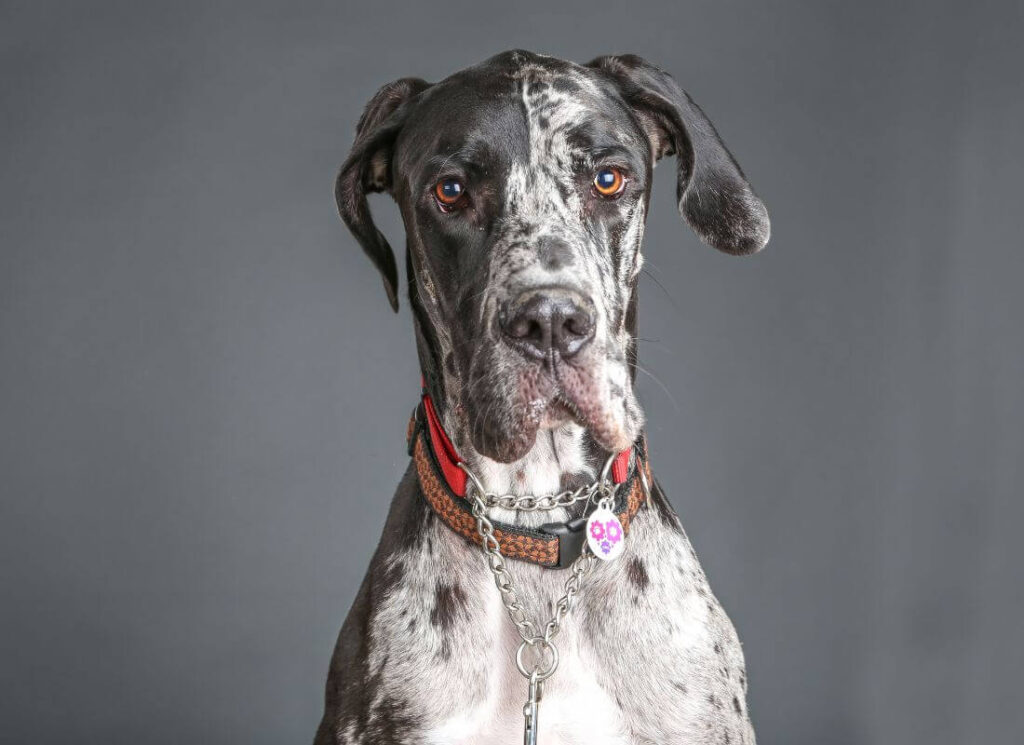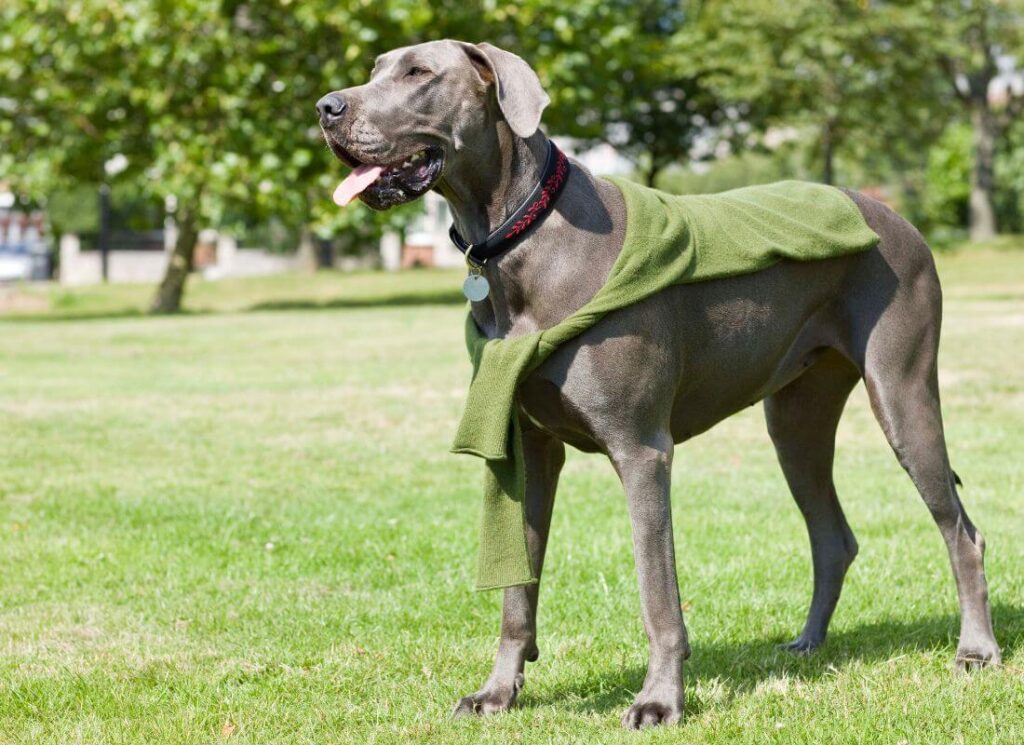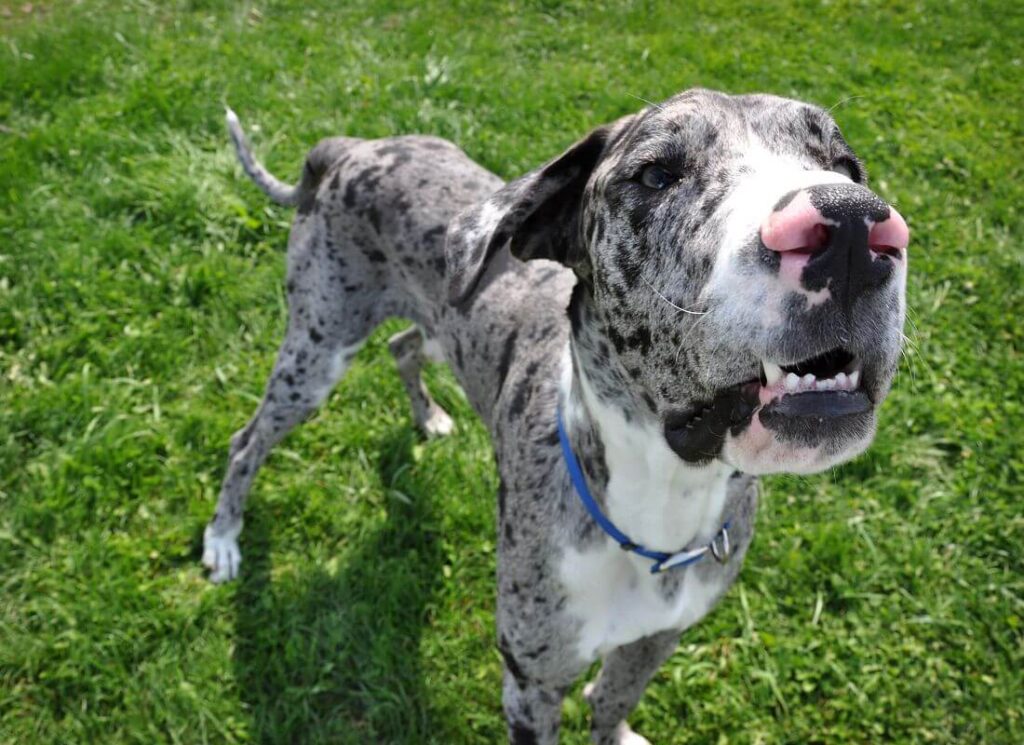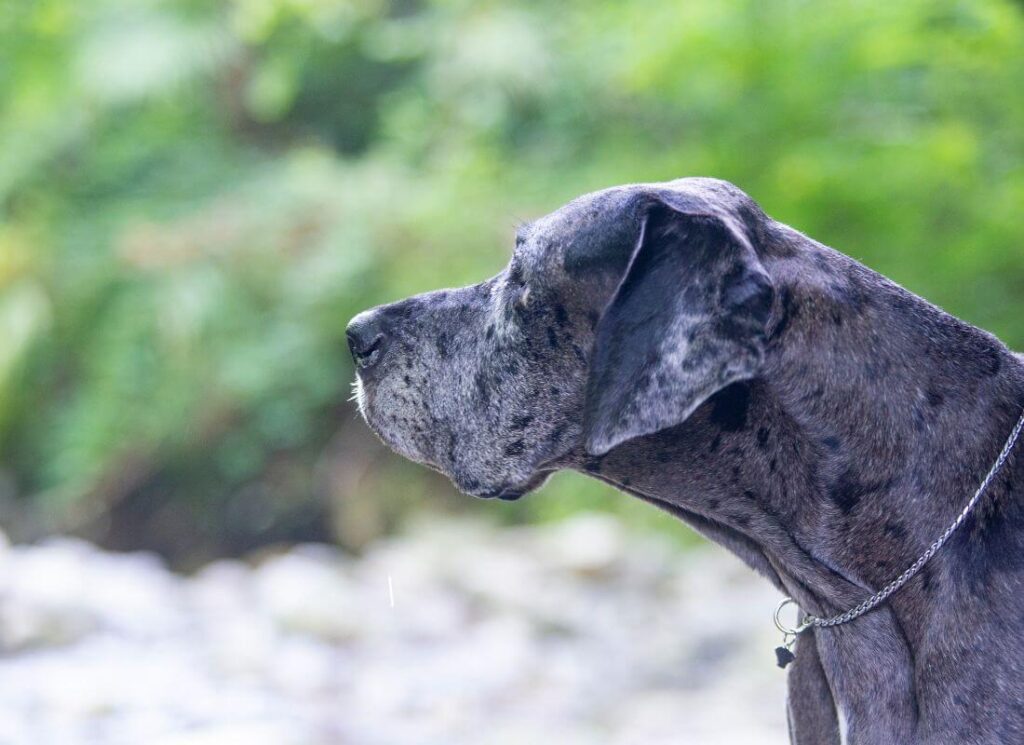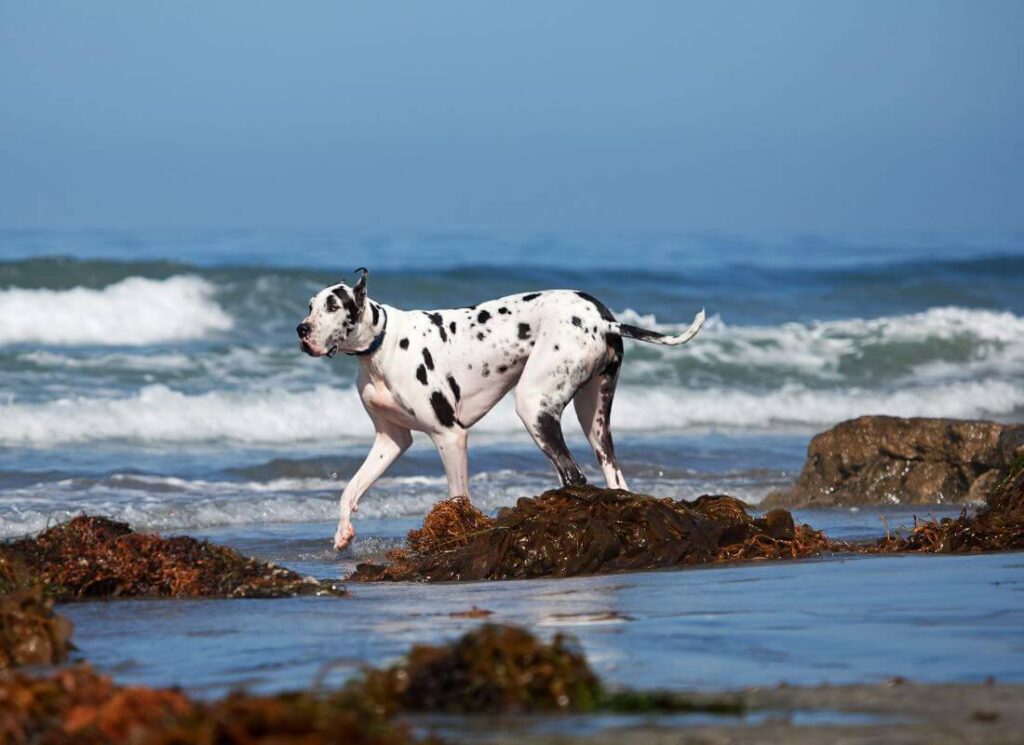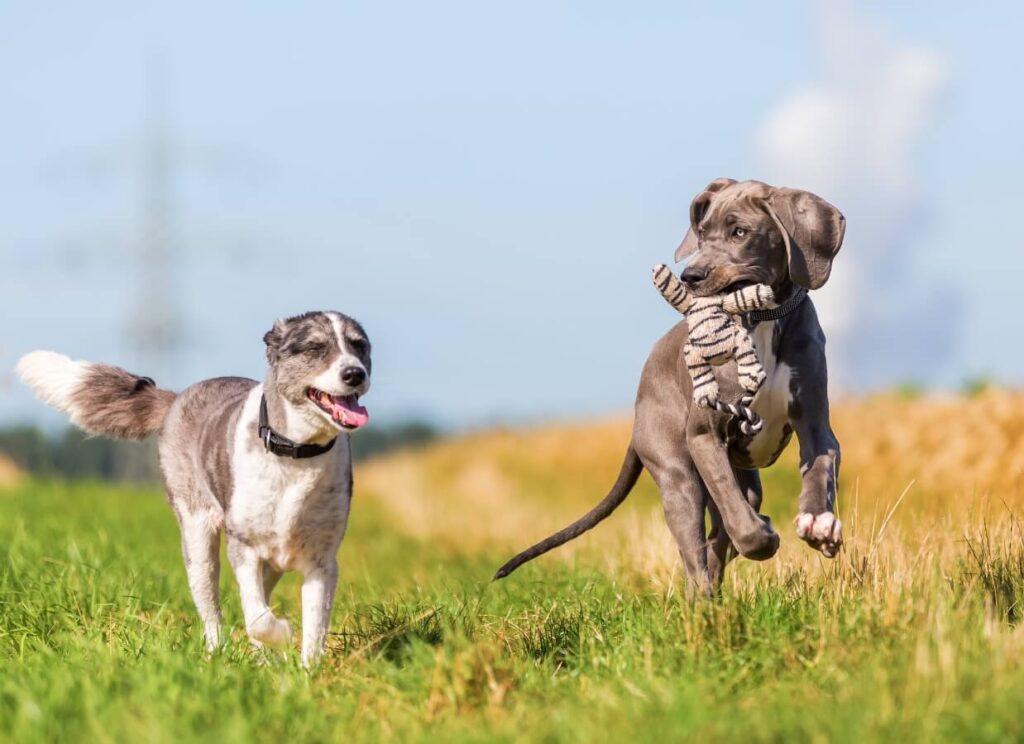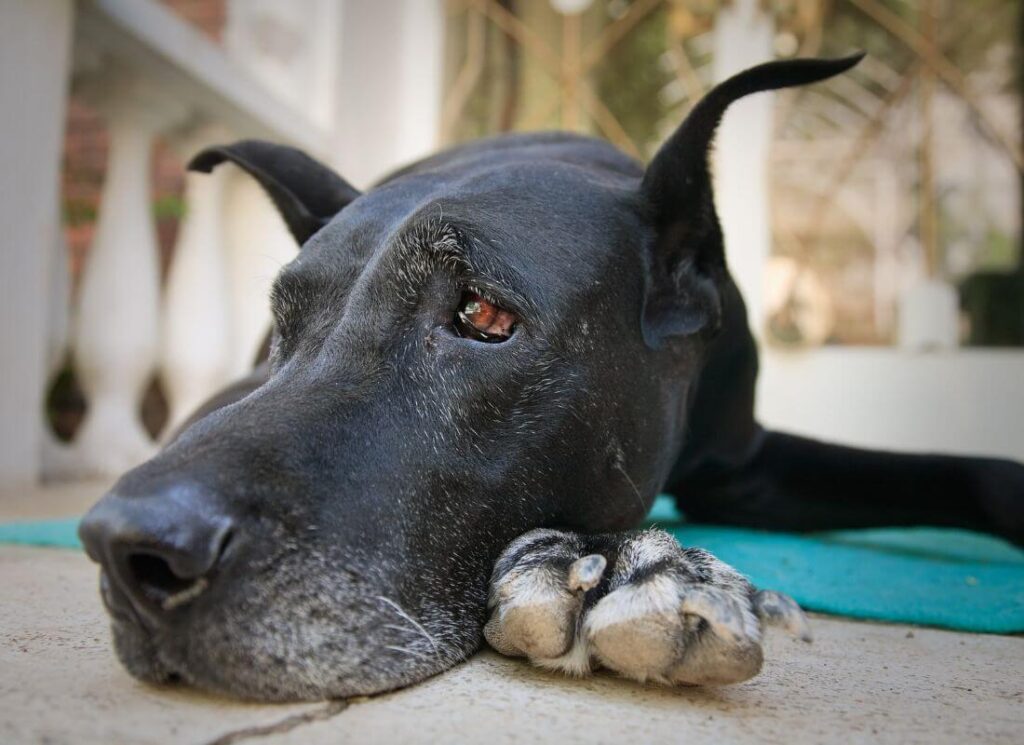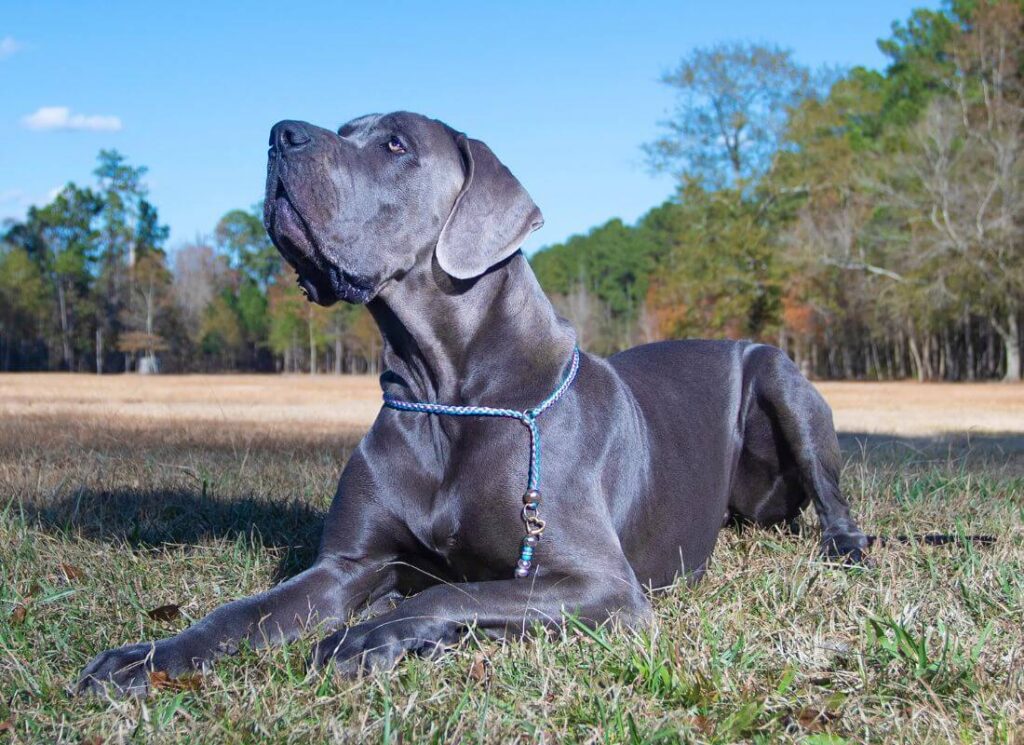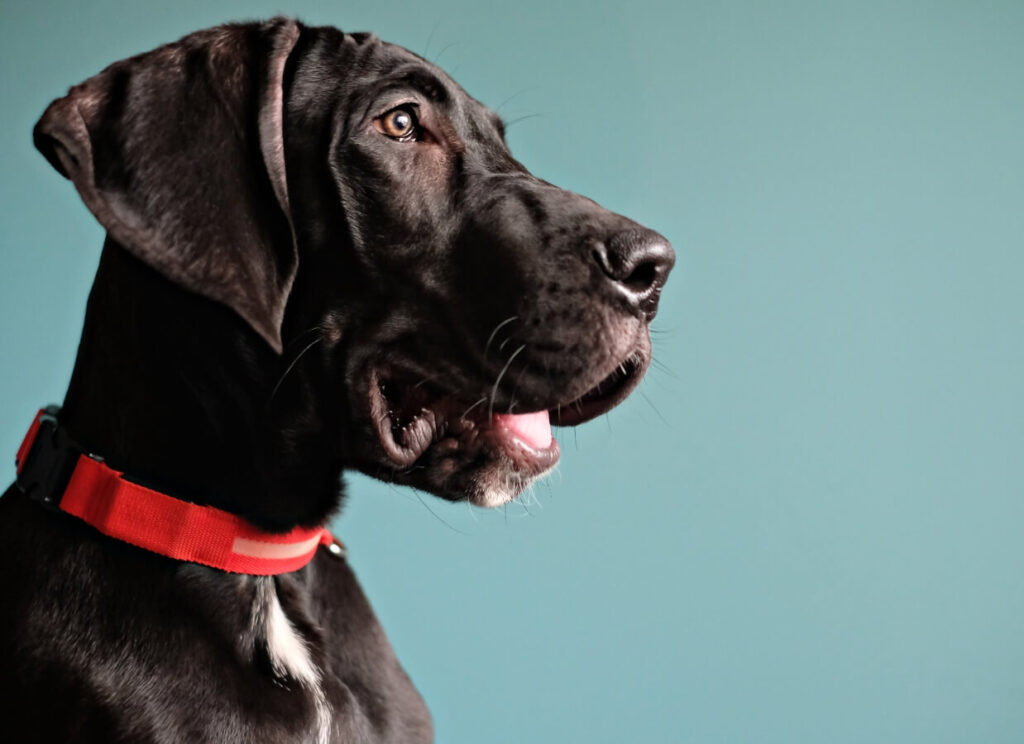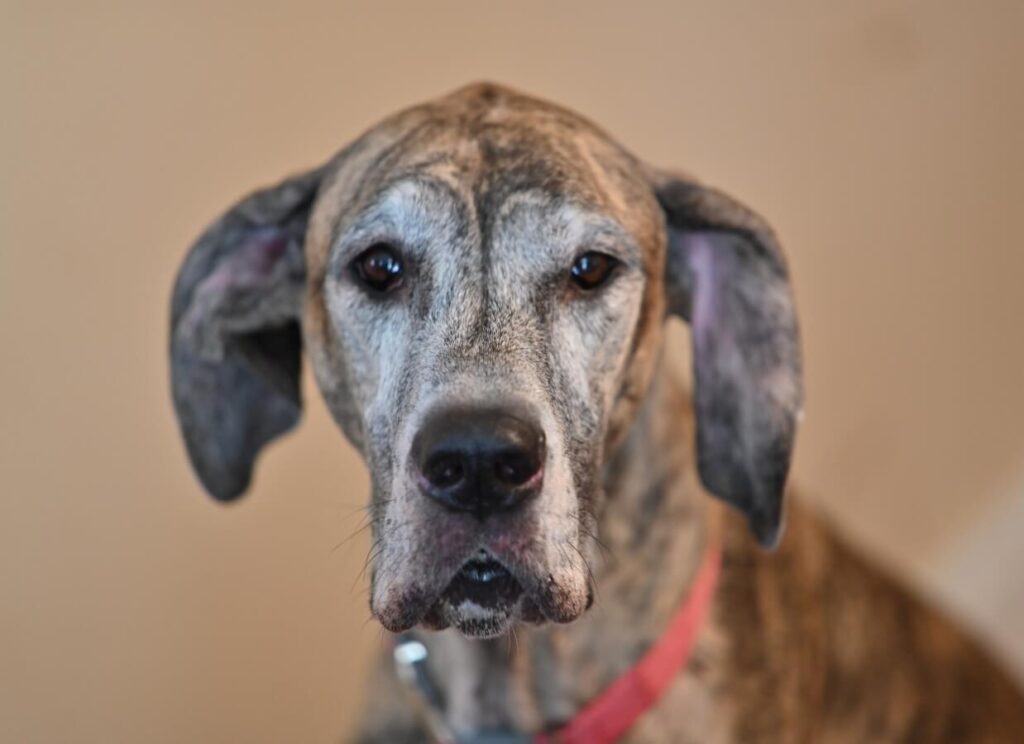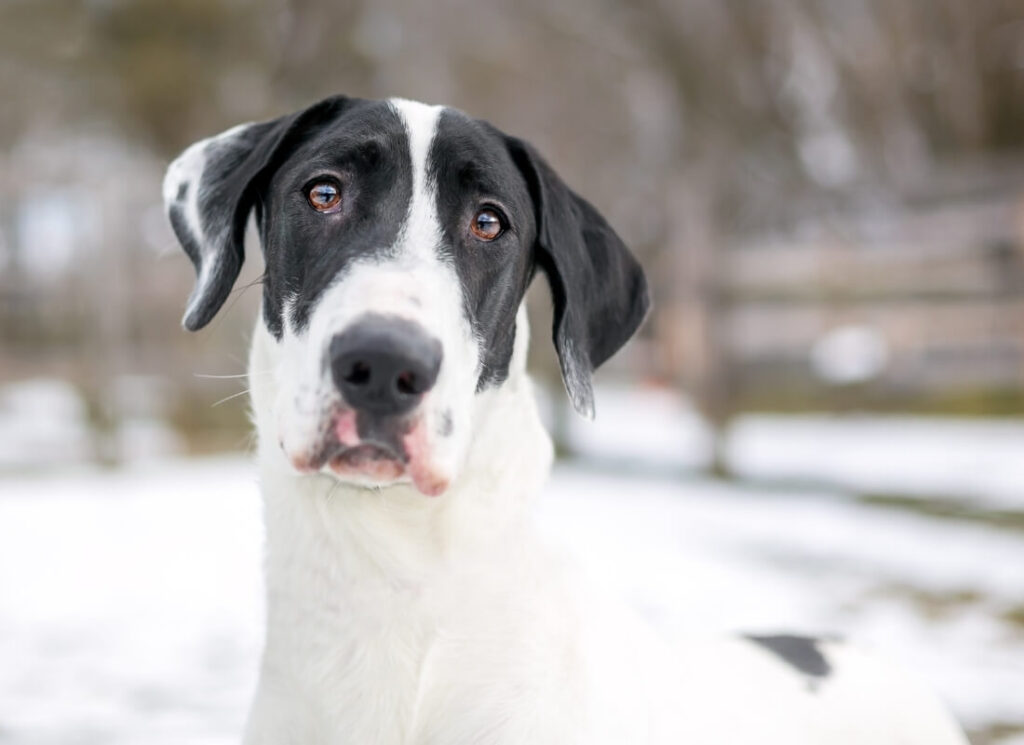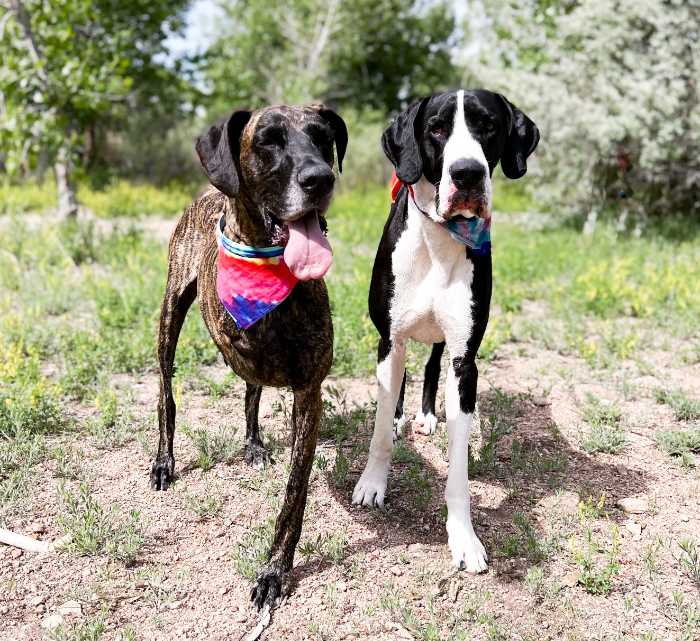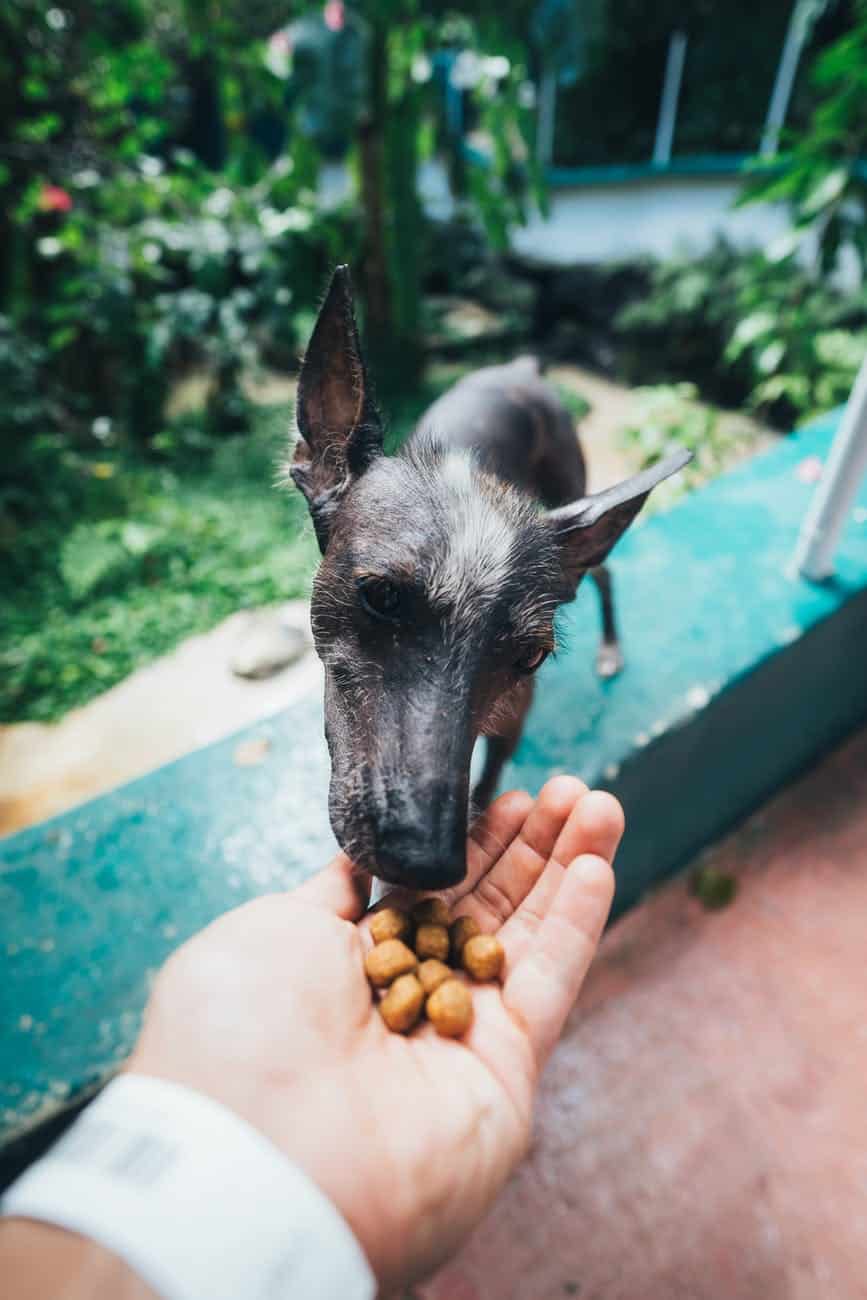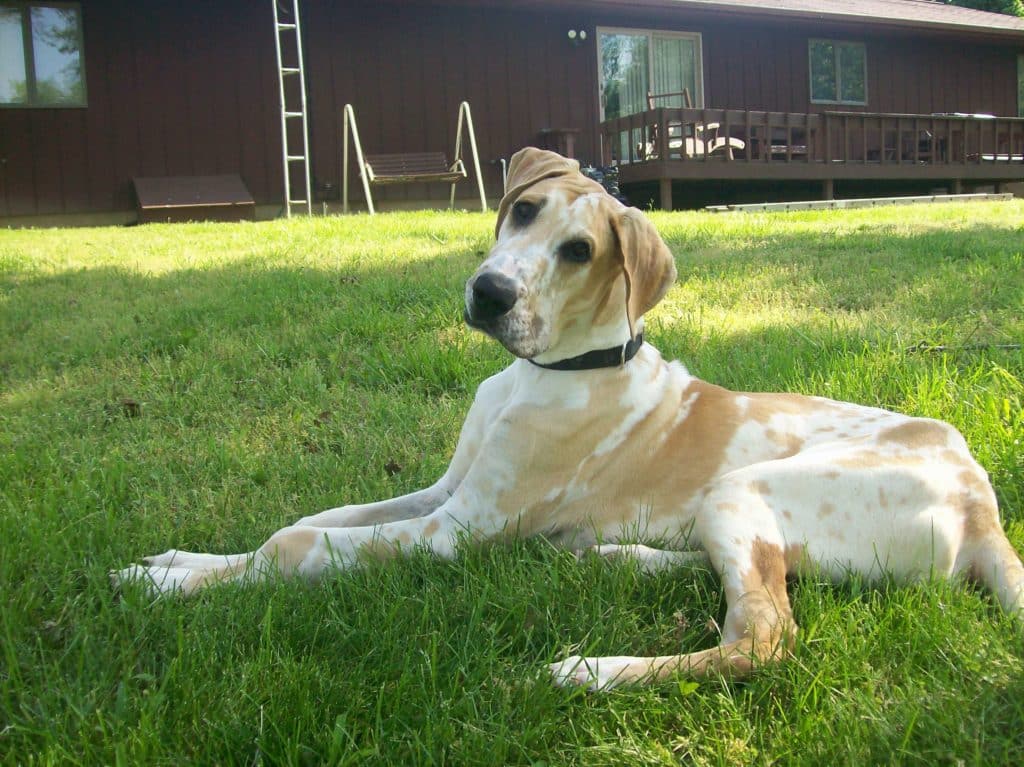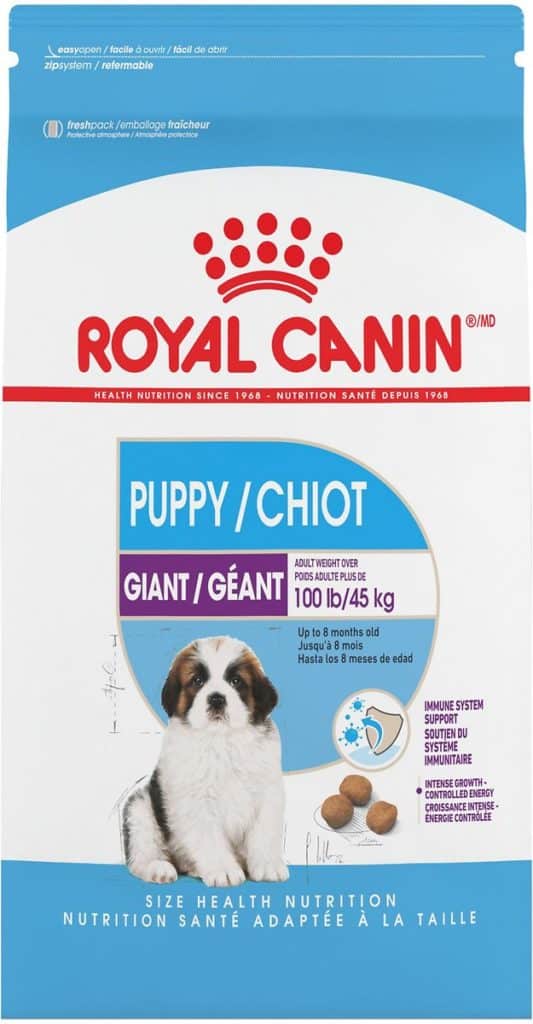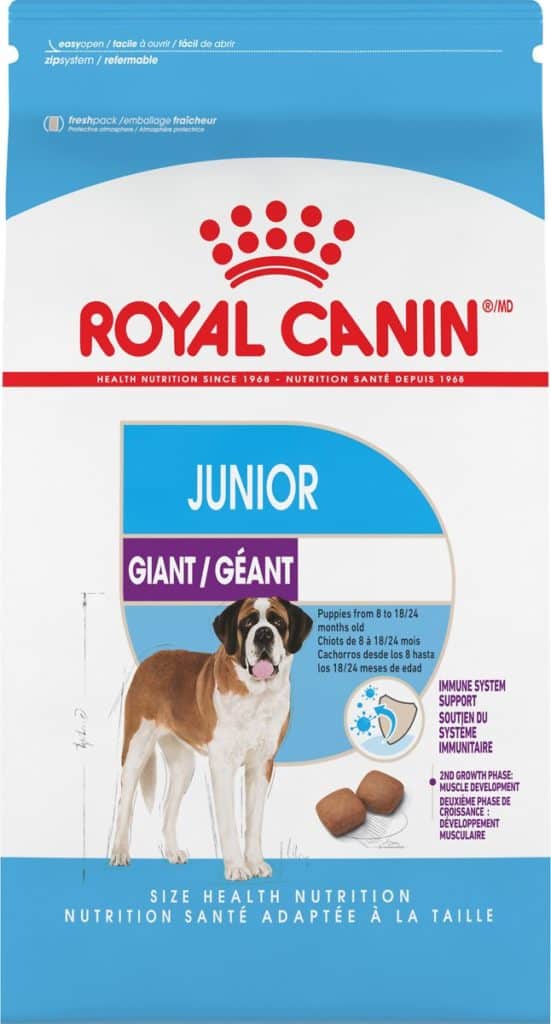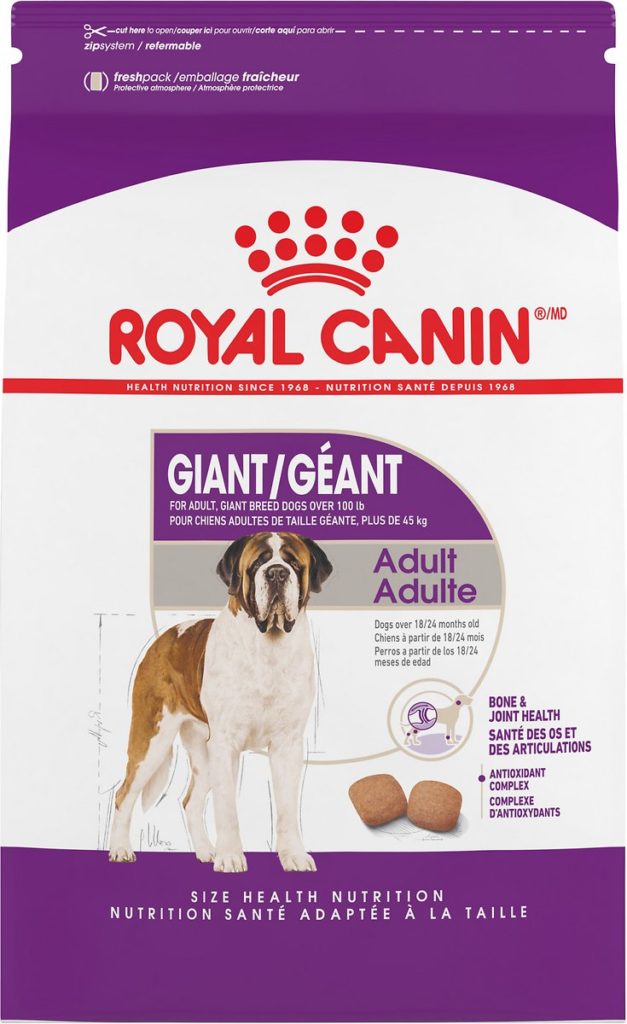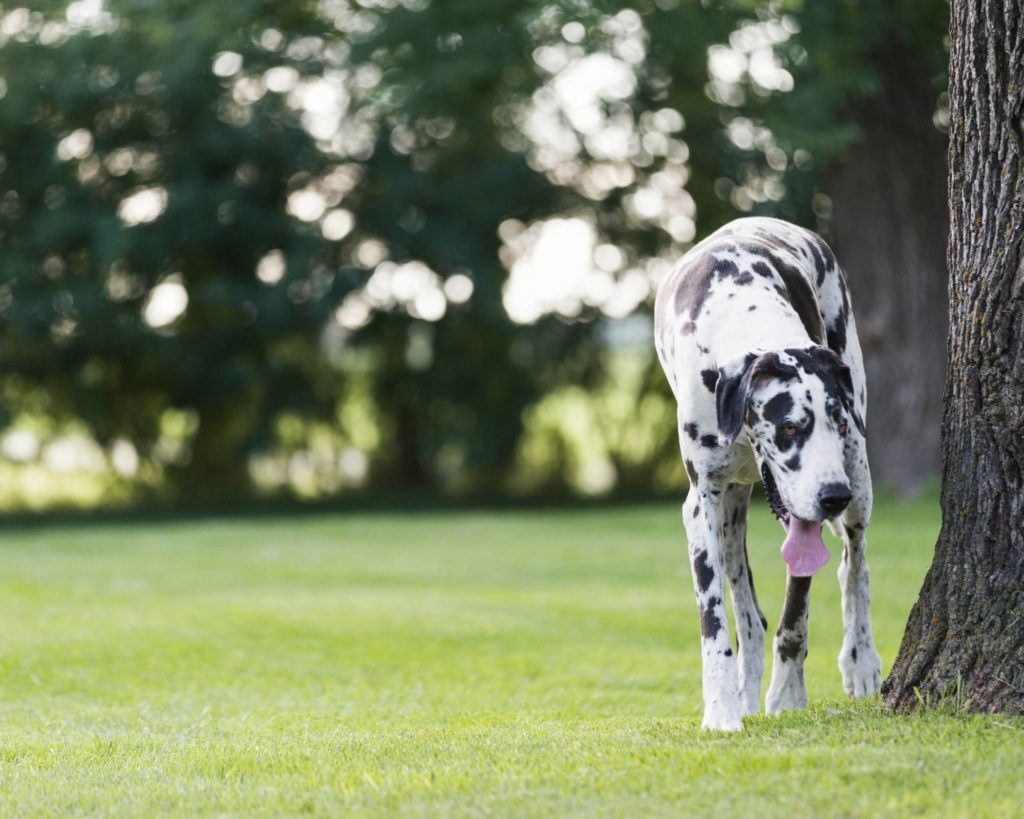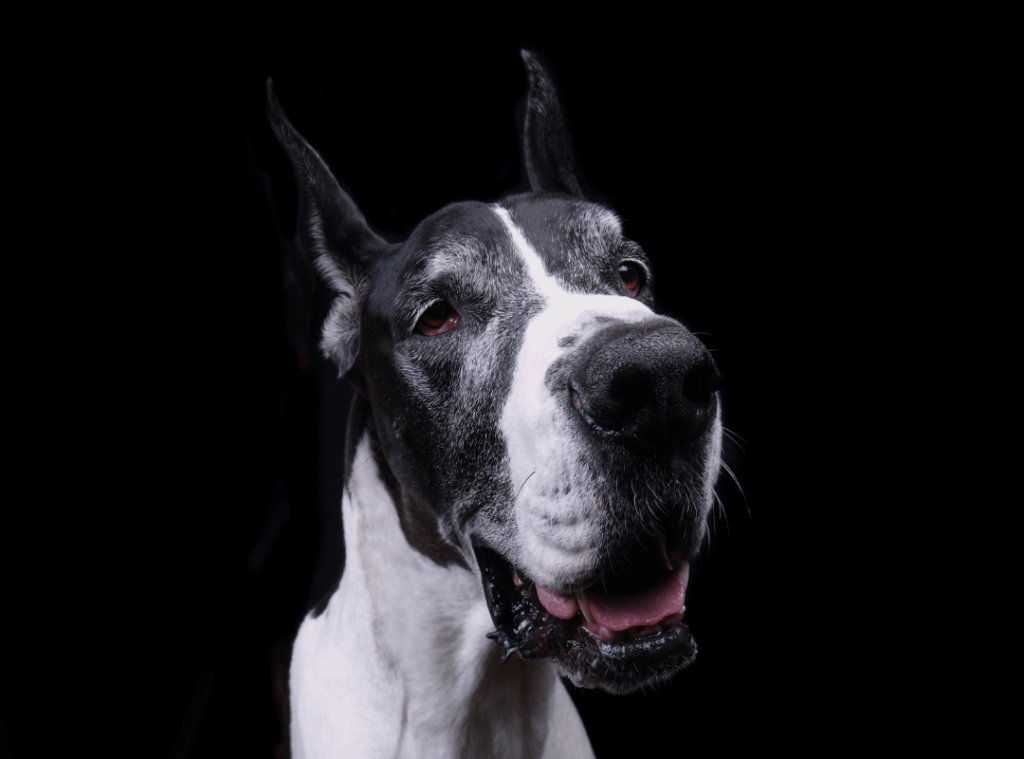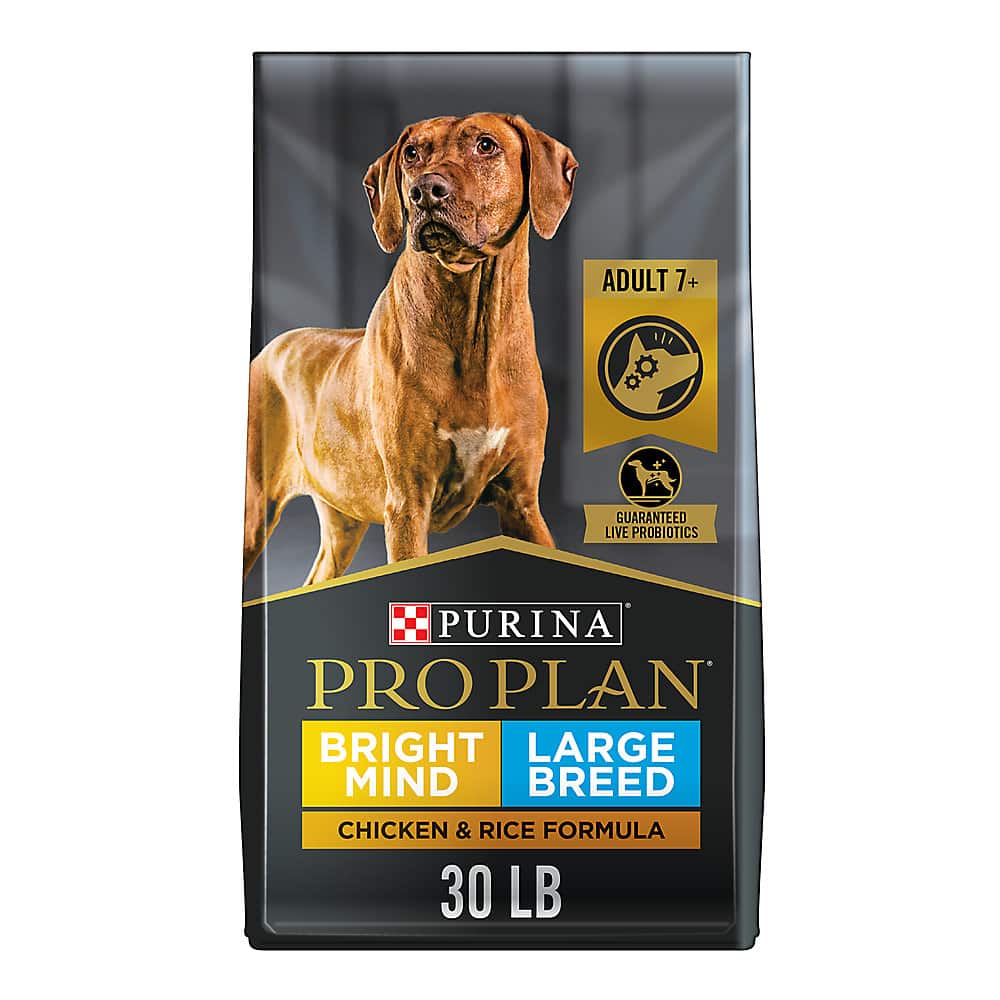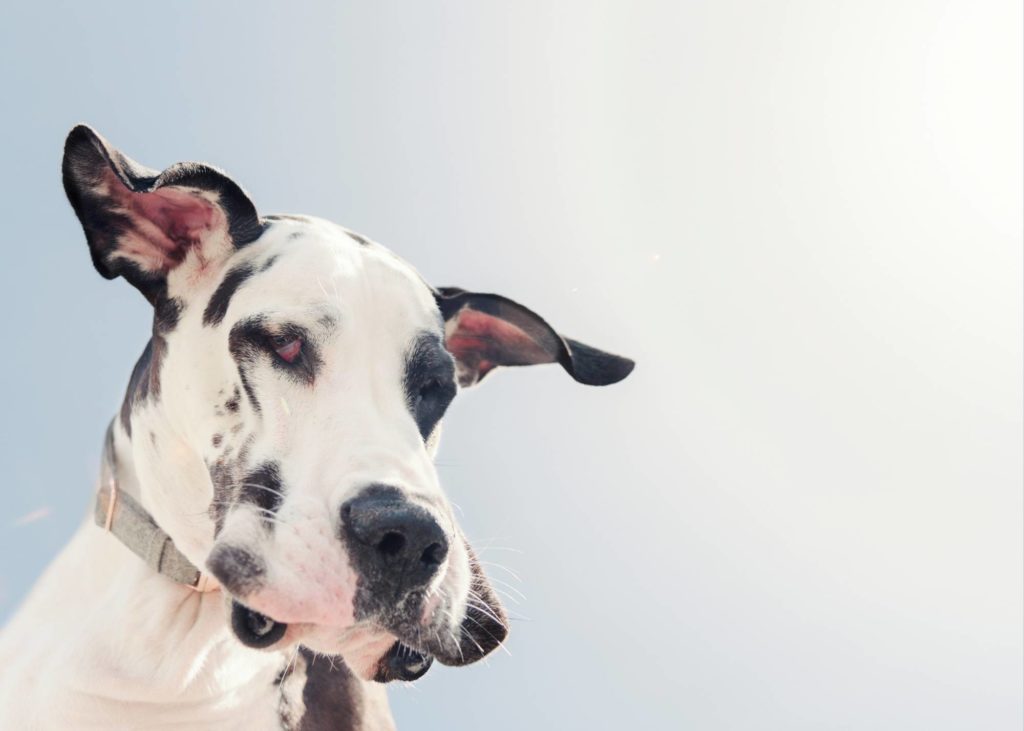There is a lot of conflicting information out there about puppy vaccines, including when to vaccinate your puppy, and if vaccines are even safe. No matter how you feel about vaccines, the reality is that many viruses are out there trying to harm your pet.
In some cases, these invisible threats can cause a perfectly healthy puppy to be as “sick as a dog” within a matter of hours. For puppies with immature bodies, this can be deadly.
If you have a new puppy, vaccines are an important and necessary part of caring for them. Read on for more information on the puppy vaccine schedule, vaccine safety, and the diseases vaccines prevent in dogs!

Puppy Vaccines Schedule
The timeline of vaccination appointments for puppies typically follows a standard schedule, but it’s important to note that it can vary slightly depending on factors like the puppy’s health, location, and specific recommendations from your veterinarian.
Here’s a general outline:
- 4-6 weeks: Neopar is a vaccine primarily designed to protect against the parvovirus in puppies. It’s often used in breeding facilities and shelters to help prevent outbreaks of parvovirus in susceptible populations. Breeders typically administer Neopar to puppies as early as 4-6 weeks of age, depending on the specific recommendations of their veterinarian and the risk factors present in their environment. Your puppy may or may not have received this vaccine.
- 6-8 weeks: The first round of vaccinations usually begins around this time. Puppies receive their initial set of core vaccines, which typically include vaccines for distemper, parvovirus, and adenovirus (canine hepatitis). Some veterinarians may also administer other vaccines depending on the region and risk factors.
- 10-12 weeks: The second round of vaccinations occurs a few weeks after the initial set. At this appointment, puppies receive booster shots for the core vaccines to strengthen their immune response. Additionally, your veterinarian may recommend optional vaccines based on your puppy’s lifestyle and risk factors, such as Bordetella (kennel cough) or leptospirosis.
- 14-16 weeks: The third round of vaccinations typically takes place around this time. Puppies receive another set of booster shots for the core vaccines and any optional vaccines that were administered at the previous appointment. This helps ensure that your puppy’s immune system develops a strong defense against various diseases.
- 12-16 months: After completing the initial series of vaccinations, puppies will need a final round of boosters to ensure long-term immunity. This appointment may also include vaccinations for other diseases or lifestyle factors that your veterinarian deems necessary.
| Age | Required Puppy Vaccines | Optional Puppy Vaccines |
|---|---|---|
| 4-6 Weeks | Neopar | |
| 6-8 Weeks | Distemper, Parvovirus | Bordatella |
| 10-12 Weeks | DHPP, DAPP, or DA2PP (Distemper, Adenovirus [hepatitis], Parainfluenza, Parvovirus) AKA the “5-in-1” | Leptospirosis, Lyme Disease, Influenza, Bordetella |
| 16-18 Weeks | DHPP, DAPP, or DA2PP Booster, Rabies | Leptospirosis, Lyme Disease, Influenza, Bordetella |
| 12-16 Months | DHPP, DAPP, or DA2PP Booster, Rabies | Leptospirosis, Lyme disease, Bordetella, Coronavirus |
| Every 1-2 Years | DHPP, DAPP, or DA2PP | Influenza, Coronavirus, Leptospirosis, Lyme disease, Influenza, Bordatella |
| Every 1-3 Years | Rabies |
For more clarity on vaccines for puppies, visit the AAHA Canine Vaccination Guidelines Page.

What Diseases Can Puppies Get?
Many diseases that our puppies face can be targeted by vaccines.
Vaccines are a safe, proven, and effective way to dramatically reduce the incidence of deadly diseases.
- Distemper: A highly contagious viral disease that affects multiple organ systems and can be fatal, especially in puppies.
- Parvovirus: Another highly contagious virus that attacks the gastrointestinal tract and can lead to severe vomiting, diarrhea, dehydration, and death, particularly in young puppies.
- Adenovirus (Canine hepatitis): There are two forms of adenovirus, one of which causes hepatitis, an inflammation of the liver, and the other targets the respiratory system.
- Parainfluenza: Parainfluenza is another respiratory virus that can contribute to kennel cough and other respiratory infections in dogs. While it’s not considered a core vaccine, it’s often included in combination vaccines that protect against multiple diseases.
- Canine influenza: There are two strains of influenza virus (H3N8 and H3N2) that can cause respiratory illness in dogs, particularly those in high-density environments like boarding facilities or dog shows.
- Rabies: A core vaccine required by law in many regions, including the United States. Rabies is a fatal viral disease that can be transmitted to humans, making vaccination essential for both the health of the puppy and public safety. Rabies vaccination is typically administered when the puppy is around 12-16 weeks old, with booster shots given as recommended by local regulations.
- Bordetella (Kennel cough): Protects against Bordetella, a bacterial infection that causes a harsh, hacking cough, often seen in environments where dogs are close, such as kennels, dog parks, or grooming facilities.
- Leptospirosis: Guards against Leptospira bacteria, which can lead to kidney and liver damage and is typically contracted through contact with infected urine from wildlife or contaminated water sources.
- Lyme disease: Lyme disease is transmitted through the bite of infected ticks and can lead to joint pain, fever, lethargy, and in severe cases, kidney damage. The Lyme disease vaccine is available for dogs who live in or frequent areas where Lyme disease is prevalent, such as wooded or grassy regions.
- Canine coronavirus: Canine coronavirus (CCoV) is a contagious intestinal disease that primarily affects dogs’ gastrointestinal tract, causing symptoms such as diarrhea, vomiting, and lethargy. While not typically considered a core vaccine, the canine coronavirus vaccine may be recommended in certain situations, particularly in environments where CCoV is prevalent or in multi-dog households where there is a higher risk of transmission.

Are Vaccines Safe for Puppies?
Yes, vaccines are generally safe for puppies when administered by a licensed veterinarian following established guidelines. Vaccines undergo rigorous testing for safety and efficacy before being approved for use in animals. It’s a myth that they are harmful, damaging, or cause cancer.
Unfortunately, many social influencers (including a handful of fringe “holistic” veterinarians), have promoted the idea that vaccines are “toxic”. Their claims are damaging and largely baseless.
However, like any medical intervention, there can be rare instances of adverse reactions. In most cases, the reaction is self-limiting and easily treated.
Not vaccinating a dog leaves them susceptible to illnesses that are almost always more severe and damaging than a minor vaccine reaction from a treatment that was meant to protect them. This article from the AAHA is very informative and shares some very interesting statistics, too.
Here are some key points to consider regarding the safety of vaccines for puppies:
- Vaccine Reactions: While adverse reactions to vaccines are uncommon, they can occur. These reactions may include mild symptoms like lethargy or soreness at the injection site, as well as more serious reactions such as allergic reactions or immune-mediated diseases. Puppy owners need to be aware of potential signs of vaccine reactions and report any concerns to their veterinarian promptly.
- Vaccine Protocols: Veterinarians follow established vaccine protocols based on factors such as the puppy’s age, health status, lifestyle, and risk of exposure to certain diseases. These protocols help ensure that puppies receive the appropriate vaccines at the right times, minimizing the risk of adverse reactions while providing optimal protection against infectious diseases.
- Monitoring: Veterinarians typically monitor puppies for a short period after vaccination to watch for any immediate adverse reactions. Additionally, they can guide puppy owners on what to expect after vaccination and when to seek veterinary care if concerns arise.
- Vaccine Safety Studies: Vaccine manufacturers conduct extensive safety studies during the development and testing phases to evaluate the vaccines’ safety profiles. These studies include assessing potential adverse reactions and determining appropriate dosage levels.
- Individualized Risk Assessment: Veterinarians consider each puppy’s risk factors when recommending vaccines. Factors such as geographic location, lifestyle, and health status are taken into account to tailor the vaccination plan to the puppy’s specific needs.

Is it Illegal to Not Vaccinate Your Dog?
The legality of not vaccinating your dog varies depending on your location and local regulations. In many regions, certain vaccines, such as the rabies vaccine, are required by law for all dogs. Failure to comply with these vaccination requirements can result in penalties, fines, or other legal consequences.
Here are some key points to consider regarding the legality of not vaccinating your dog:
- Rabies Vaccination Requirements: Rabies vaccination is typically required by law for all dogs in many countries and jurisdictions. This requirement is primarily for public health and safety reasons, as rabies is a fatal zoonotic disease that can be transmitted to humans through the bite of an infected animal.
- Local Regulations: In addition to rabies vaccination requirements, some regions may have specific regulations regarding other vaccines, such as those for distemper, parvovirus, and adenovirus. These regulations aim to protect both animal and public health by preventing the spread of infectious diseases.
- Enforcement: Enforcement of vaccination requirements can vary depending on local authorities and their priorities. Some areas may have strict enforcement measures in place, including routine checks for vaccination compliance during licensing or registration processes, while others may have less stringent enforcement.
- Exemptions: Some regions may allow exemptions from vaccination requirements for medical reasons, such as documented health concerns that make vaccination unsafe for a particular dog. However, these exemptions typically require approval from a licensed veterinarian or public health authority.
- Civil Liability: Beyond legal requirements, dog owners have a duty of care to protect their pets’ health and the health of others. Failing to vaccinate a dog against preventable diseases may expose the owner to civil liability if their dog infects other animals or humans with a vaccine-preventable disease.
Legal Problems with Unvaccinated Dogs
If you do not vaccinate your pet, in particular against rabies, and your dog bites somebody, Animal Control may confiscate your dog.
Depending on the circumstances, your pet may be held in a mandatory quarantine and could even be euthanized.
Because your pet is not vaccinated, if they are exposed to a dangerous disease such as rabies, they may be considered a public health risk. In this situation, this could also mean that Animal Control confiscates (and may euthanize) your beloved pet.
If your pet carries diseases like parvovirus or distemper into your neighborhood and infects neighboring dogs, you (as the pet owner) could be held responsible for any harm caused.
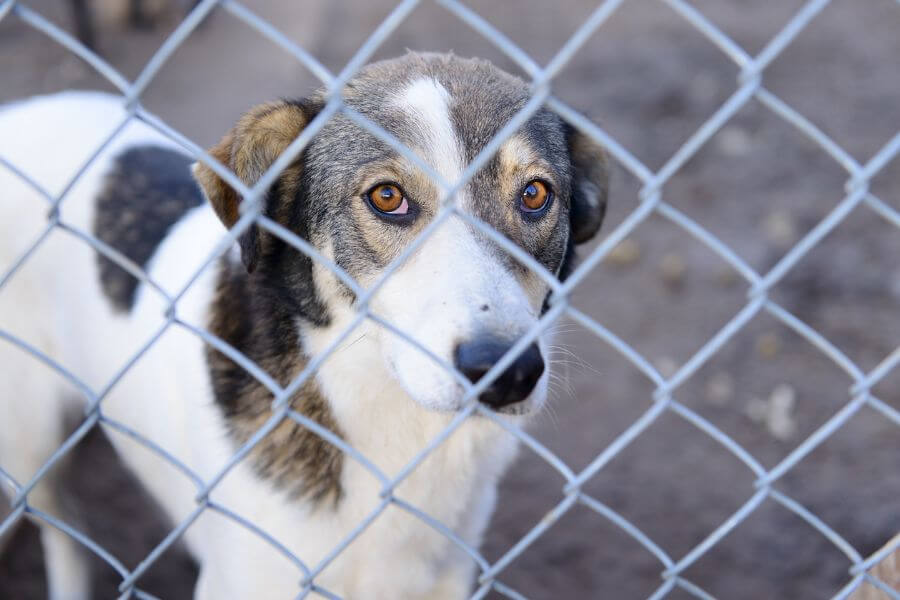
Titers vs. Vaccines for Dogs
When considering the vaccination protocol for your dog, you may come across the concept of titers as an alternative to traditional vaccines. Titers essentially test for the presence of anti-bodies, and may indicate that your pup doesn’t need a booster vaccine.
Here’s a comparison between titers and vaccines:
Vaccines:
- Definition: Vaccines are medical products designed to stimulate the immune system to recognize and fight off specific infectious agents, such as viruses or bacteria.
- Administration: Vaccines are typically administered via injection or, in some cases, orally or intranasally.
- Purpose: The primary purpose of vaccines is to prevent disease by providing active immunity against specific pathogens. They stimulate the production of antibodies and memory cells, which can protect your pet if they are later exposed to the disease-causing agent.
- Effectiveness: Vaccines are generally highly effective at preventing the target diseases when administered according to recommended schedules and protocols.
- Duration of Immunity: The duration of immunity provided by vaccines can vary depending on the vaccine and the individual dog’s immune response. Booster shots are often needed to maintain immunity over time.
Titers:
- Definition: Titers measure the concentration of specific antibodies in the blood, indicating the dog’s immune response to previous vaccination or natural exposure to a particular pathogen.
- Testing: Titers are determined through blood tests that measure the level of antibodies against specific diseases.
- Purpose: Titers can be used to assess a dog’s immune status and determine whether revaccination is necessary. A positive titer indicates that the dog has sufficient immunity against the target disease and may not require additional vaccination.
- Alternative to Vaccination: Some dog owners opt to test titers instead of automatically revaccinating their dogs, especially for diseases with vaccines that may have associated risks or when considering the dog’s health status.
- Limitations: While titers can provide valuable information about a dog’s immune response, they do not necessarily correlate with protection from disease in all cases. Titers can be expensive and not all veterinarians offer them. Additionally, there may be variability in titer results between different testing methods and laboratories. In places where certain vaccines (such as rabies) are required by law, titer tests may not be considered an acceptable substitute.
Titers are frequently advocated for by some “integrative” veterinarians and influencers who align with the “Anti-Vax” movement, often associated with holistic approaches. Their premise is rooted in the belief that vaccines contain harmful toxins and may pose risks to pets.
They argue against what they perceive as “over-vaccination” of pets, despite a wealth of peer-reviewed scientific evidence demonstrating the safety and efficacy of vaccination protocols.
Regardless of your stance on pet vaccines, it’s important to recognize that for a titer to indicate the presence of antibodies against specific diseases in your pet, they must have previously been exposed to those diseases, typically through vaccination.
Titers do not replace vaccines as they do not provide immunity.













